Teaching snorkeling as part of the Open Water course
By Mark Powell
Snorkeling is a fantastic way to explore the underwater environment. It is ideal for shallow areas; when SCUBA equipment is not available; for remote locations; or for those too young for SCUBA. It can also be a great way to spend time with large marine mammals without the risk of frightening them off with SCUBA or to pass the time between dives (as long it is just surface snorkeling). It is a great way to introduce non-divers to the underwater world. However, the point of this article is not to look at any of these areas but to look at the benefits of teaching snorkeling as part of an SDI Open Water Diver course.
Starting your SCUBA journey used to always start with snorkeling and there are still strong reasons why beginning your training with snorkeling can make learning to dive more enjoyable and more efficient.
Start developing confidence with snorkeling
A number of snorkeling sessions at the start of an open water course can be very beneficial in developing students’ confidence in the water, finning techniques, mask clearing, and even regulator skills. For students, it gives them a less intimidating introduction to diving which reduces their anxiety levels and increases their overall enjoyment of the process. This results in students having more fun and being more likely to stick with the training and going on to becoming enthusiastic divers. It can also be very beneficial for instructors who get an opportunity to assess their student’s confidence in the water and initial skill levels before moving on to SCUBA. The fact that students are likely to enjoy the process more also makes it more enjoyable for the instructor. Finally, if the student sticks with the training and goes on to become a competent and enthusiastic diver, that has obvious commercial benefit to the instructor in terms of additional sales of equipment and training as well as increased chance of referrals from that student.
The flexibility of the SDI system allows the instructor to structure the course in a way that best suits the needs of the student and helps them learn in the most effective way. This means that the SDI approach encourages instructors to take this open-minded approach.
If we start our first confined water session with snorkeling, we can start to develop the basic skills before moving on to more advanced skills. In my own sessions, I start with entries and I teach stride entry and shallow water/seated entry. The advantage of doing this in snorkeling kit is that it’s much less intimidating than with SCUBA and it’s much easier for the student to get back out in order to be able to practice it a number of times. I have found that if a student becomes comfortable with a stride entry while wearing snorkeling kit, they have far fewer problems with it once they come to try it with SCUBA kit. After some practice at entries, I then move on to using the mask and snorkel on the surface. This gives the student the chance to experience having their head in the water and being able to see through a mask while still being able to breathe. Again, this is a great confidence builder. After a few minutes of breathing through the snorkel, we then move on to snorkel removal, replace and clear. The student continues breathing on the surface and, when they feel comfortable, they take a breath, remove the snorkel, replace and clear it using the blast method. All the time the student is in shallow water so that, if they feel uncomfortable, they can just stand up. In reality, this very rarely happens as the small, incremental steps mean that their comfort zone is being gradually increased. I have also found that after learning to clear a snorkel they find it much easier to apply that same skill when learning to clear a SCUBA regulator.
Finning techniques
After the student is happy breathing with their face in the water, we move on to finning techniques. One of my pet hates is seeing open water divers that are unable to move effectively underwater. They use their hands to “doggy paddle” or use a “bicycle kick” that is inefficient and shows that they are not comfortable in the water. Poor finning technique frequently results in the diver disturbing the silt and reducing the visibility for them and all other divers in the areas. Divers need to be able to move around underwater in order to be safe and to enjoy their lives. Finning is one of the key skills that any diver needs to be comfortable with in order to become a competent diver. By spending time on the surface teaching finning techniques in snorkeling gear we will greatly increase the confidence and safety of our divers. I teach flutter kick, frog kick and also helicopter turns to my open water students during this first session. Once they understand the basic technique of each fin kick you can work on improving their technique until they become comfortable with each and can switch between them as needed. At this point, we can also ensure that the students are using their fins for propulsion rather than their hands and we can encourage them to keep their hands in the “diving position” even when doing a helicopter turn. One of the advantages of this approach is that it is easier to keep control of multiple students on the surface all practicing finning techniques than it is under water. Another huge benefit of this approach is that, while the student is finning on the surface, they will be horizontal in the water with their hands in a diving position. As a result, we are giving them exposure to being in a good trim position without them even realizing it. Once they move on to finning underwater, they will naturally adopt the same technique they used on the surface and will automatically move into a good trim position. Of course, there are no magic wands when it comes to diver training and some students will struggle with this process. Some divers are naturally more confident in the water and will be able to become competent faster than others who may be less confident and have trouble mastering finning. The point, however, is that, even for those that struggle with finning, they will find it easier to improve their skills while snorkeling than while in full SCUBA equipment. Furthermore, it gives the instructor an opportunity to assess their confidence in the water before putting them in full SCUBA. The instructor can then decide whether to spend more time with the divers that struggle with finning developing their confidence in the water and finning technique.
Breathe with your face in the water
For divers that have achieved a good level of confidence in the water and effective propulsion techniques, we can make a decision as to how to proceed. One option is to start teaching duck diving so that the student can learn to swim underwater rather than just on the surface. It also gives them more experience of snorkel clearing. The other option is to stay in shallow water and start to teach the basics of mask clearing. The way I approach this is to get the student holding onto the side of the pool with their face in the water while they breathe through the snorkel but without wearing a mask. This shows them that they can breathe through their mouth even though there is water on their face. This is something that many divers struggle with during SCUBA training. When they remove their mask, they hold their breath and often feel very uncomfortable. This is made worse by the fact that they are fully underwater and breathing from unfamiliar SCUBA equipment. By getting them to do this with a snorkel at the side of the pool it is much less threatening as they know that if they are uncomfortable, they can just lift their head out of the water. I have found that, within a few minutes, most divers are comfortably breathing through their snorkel, even without a mask on. I then get them to swim along one side of the pool and back to their starting point while breathing through a snorkel but with no mask. The point of this exercise is that the student is thinking about moving along the side of the pool, how far they have gone when to turn around and keeping their hand out in front of them to ensure they do not bump into anything. They are not thinking about the water on their face or the act of breathing. After this exercise having water on their face holds no great challenges and this reduces one of the main sources of anxiety for divers. Once they are happy with this process, I get them to put their mask on and, in the same position, while breathing through the snorkel, get them to partially flood their mask. In most cases, they happily carry on breathing through the snorkel. Quite a number of students will go straight to fully flooding their mask and will be perfectly comfortable with this. As they are happy with water on their face, we can teach them the techniques of mask clearing without many of the complications faced when trying to teach this on SCUBA. When they do move on to SCUBA there fewer issues with mask clearing as they have built up a level of confidence and so it is just an incremental step in the learning process.
For dive centers that can only book their pools for an hour or so on multiple occasions, this approach works really well as they can do one or more snorkeling session before moving on to SCUBA. It also has the advantage of being feasible to do before the student has completed all of their theory session or before they have access to their SCUBA equipment. However, if you book your pool sessions for a half day or full day then the steps above can be used for the first hour or so of the session before giving the students a break and moving on to SCUBA.
I have mentioned the word pool a number of times and this technique is ideally suited to confined water training that takes place in a traditional pool type environment. If you conduct your training in a confined water area that is part of a shallow bay or an inland site then these techniques can still be applied. Using a float or other firm surface object can be used for the student to hold onto when they are breathing through a snorkel without a mask. Many confined water environments at inland sites have fixed sides and these can be used in the same way as the side of a pool.
Summary
Using this approach, it is perfectly feasible to take an open water student and within the first session get them comfortable with entries, multiple finning techniques, good diving position, snorkel remove, replace and clear, breathing without a mask and mask clearing. In addition, for students that have achieved this while snorkeling, I have found that they are much better prepared and much more comfortable when performing those skills on SCUBA. To put it another way, spending a session teaching snorkeling can significantly improve the quality and proficiency of your SDI open water divers and is definitely worth the time and effort in the long run.

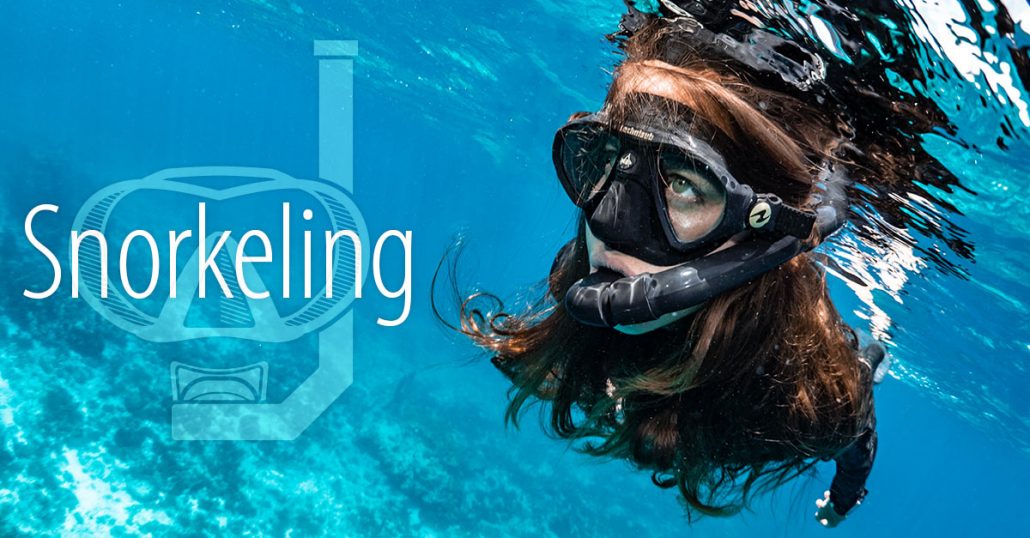
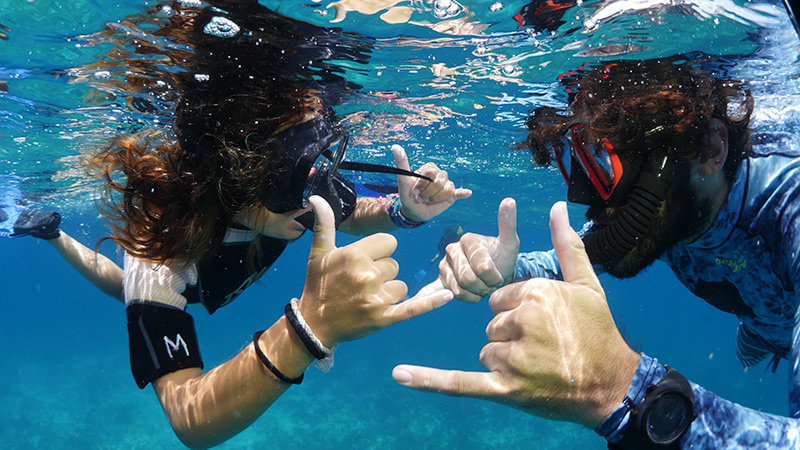
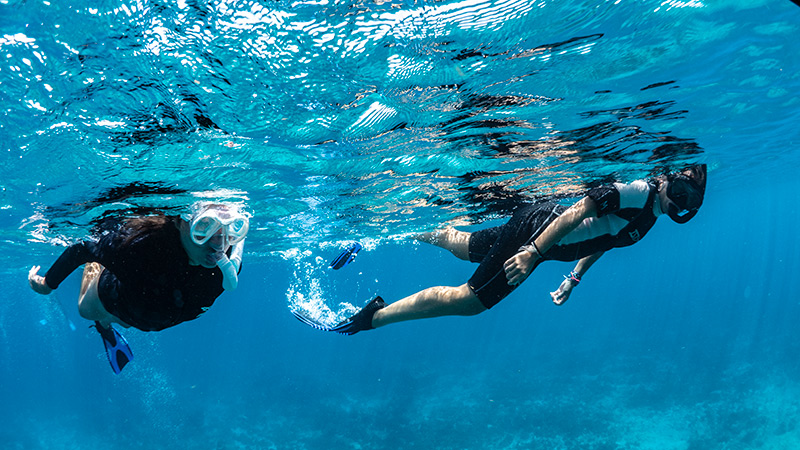
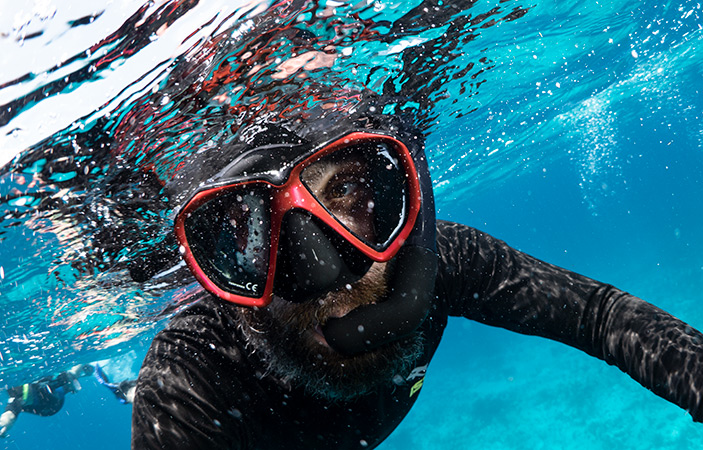


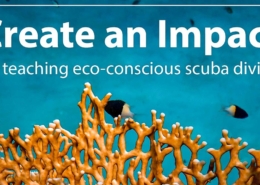


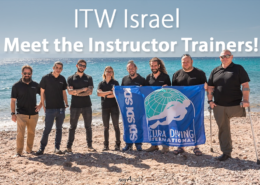


Laisser un commentaire
Rejoindre la discussion?N’hésitez pas à contribuer !